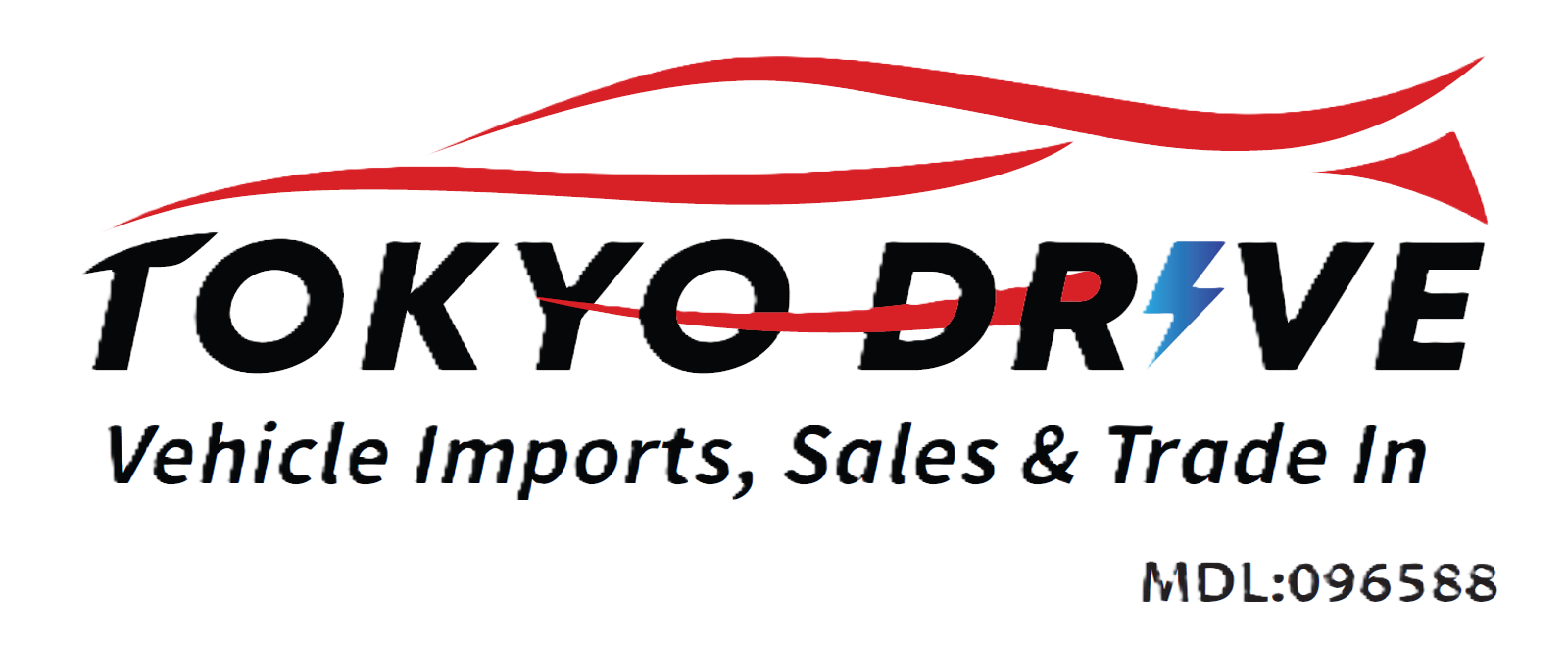So, you’ve fallen in love with a vintage Skyline, a classic Supra, or maybe that old-school Mazda RX-7 that’s been on your dream list for years. You’re not alone — classic Japanese cars are making serious waves across Australia. The look, the nostalgia, the engineering — they’re not just vehicles, they’re rolling pieces of history.
But how do you actually get one from Japan to your garage in Australia without getting caught up in red tape, surprise taxes, or legal drama?
At Tokyo Drive, we’ve helped dozens of Aussies successfully import their dream Japanese classic cars, and we’re here to walk you through the whole process — step by step.
What Counts as a Japanese Classic Car?
In Australia, a classic car generally refers to any vehicle over 25 years old. This matters because cars over this age often qualify for easier importation under the SEVS (Specialist and Enthusiast Vehicle Scheme) or the 25-Year Rule, making them exempt from some of the stricter regulations.
Popular Japanese classics include:
- Nissan Skyline GT-R (R32, R33)
- Toyota Supra (Mk3, Mk4)
- Mazda RX-7 (FD, FC)
- Honda NSX
- Mitsubishi Lancer Evolution I–VI
Step 1: Make Sure It’s Eligible
First things first — check if your dream car is eligible for import. Use the RAWS (Registered Automotive Workshop Scheme) database or check if it qualifies under the 25-Year Rule.
The car should:
- Be over 25 years old OR
- Be listed under SEVS
- Be in good mechanical condition
Step 2: Get Vehicle Import Approval (VIA)
Before you even think about shipping, apply for a Vehicle Import Approval (VIA) from the Department of Infrastructure.
Required documents:
- Proof of identity
- Vehicle details (chassis number, model)
- Purchase documentation (invoice or auction sheet)
The application usually costs around AUD 50 and takes 4–6 weeks for approval.
Without VIA, your car could be denied entry or even destroyed.
Step 3: Choose the Right Import Method
You can either handle the import yourself or hire a trusted import agent like Tokyo Drive. We recommend working with professionals to avoid delays and costly mistakes.
Types of shipping:
- Roll-on/Roll-off (RoRo): Budget-friendly but less secure
- Container Shipping: More secure but costs more (AUD 2,000–3,000)
Step 4: Understand the Taxes & Duties

Once your car lands in Australia, get ready to pay:
- Customs Duty: 5% of the customs value
- GST: 10% of the total cost (including shipping)
- LCT (Luxury Car Tax): Only if the car exceeds the LCT threshold
Also factor in port fees, cleaning costs, and insurance during transit.
Step 5: Clear Customs & Quarantine
The Australian Border Force and AQIS (Australian Quarantine and Inspection Service) will inspect your vehicle. It must be spotless — especially the undercarriage.
Expect fees for:
- Cleaning (AUD 300–600)
- Quarantine hold time
- Steam cleaning (if required)
Failure to meet cleanliness standards will delay clearance.
Step 6: Compliance Modifications
To make your Japanese classic road legal, you may need to make adjustments:
- Seatbelt upgrades
- Emission control modifications
- Speedometer conversion to km/h
- Right-hand drive adjustments (if needed)
Costs vary but typically fall between AUD 1,500–3,000.
Step 7: Registration and Insurance
Now it’s time to register your Japanese classic car in your state or territory.
You’ll need:
- Proof of compliance
- Identity and ownership documents
- Roadworthy certificate
Be sure to find an insurer that covers imported vehicles, especially classics.
Tips from Tokyo Drive
- Use a Reputable Import Agent: They know the ins and outs.
- Know the Total Cost: Budget for unexpected expenses.
- Choose the Right Time: Shipping rates vary throughout the year.
- Document Everything: Keep a paper trail of all communication and costs.
Why Japanese Classics Are Worth It
These cars are more than just machines — they’re culture. They bring a driving experience that’s rare in today’s world of plastic-heavy, computer-controlled vehicles. The resale value is strong, they’re a hit at car shows, and most importantly — they’re fun to drive.
With their unique styling, performance roots, and nostalgic feel, it’s no wonder classic Japanese cars are stealing the hearts of Australian car lovers.
Final Thoughts

Importing a Japanese classic to Australia can be a smooth ride — if you know the road. Follow the rules, prepare your documents, and don’t cut corners.
And remember, Tokyo Drive is always here to help you every step of the way. Whether it’s your first import or your fifth, we make sure your dream car arrives legally, safely, and ready to drive.
Tokyo Drive – Australia’s Trusted Partner for Japanese Classic Car Imports.


